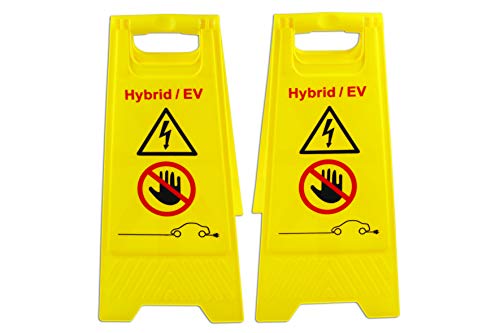Don said:RobbW said:IMO, you're getting ahead of yourself on all of this. Since you can recharge at work, in all probability you may never need L2 charging at home . . . . and if it turns out you might, why not stick with the dryer extension cord and your Upgraded EVSE for the time being until you've had the car a few months and see how things work out and what's really necessary in your particular case? Charging at work, you'll leave there everyday with it full up and it will likely seldom be low enough that 12 amp L1 recharging won't get it full again overnight at home. Hold your horses, get your EVSE Upgraded and maybe make a DIY dryer extension cord and just go from there
Don, I appreciate the input. I was compiling my latest post at the same time as you. So, I was not able to incorporate your points into my response. As you can see, I decided to go ahead and just buy an L2 EVSE. While my wife and I had already decided last night/this morning to get an L2 charger, the impetus behind my quick purchase of said L2 EVSE was the fact that it appears my special access to plug in at work may have been rescinded (Most likely due to office politics. One director is sore that another director overstepped what he considered to be his territory.). I decided to just forget it and eliminate any worries or wish-washiness on the L2 decision.
If the airport ultimately decides to let me plug in at work then great. But at least I will know I should be at full capacity every morning now. This will be especially comforting once the seasons change and it starts getting much colder around here.

































